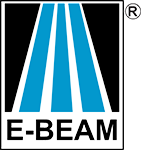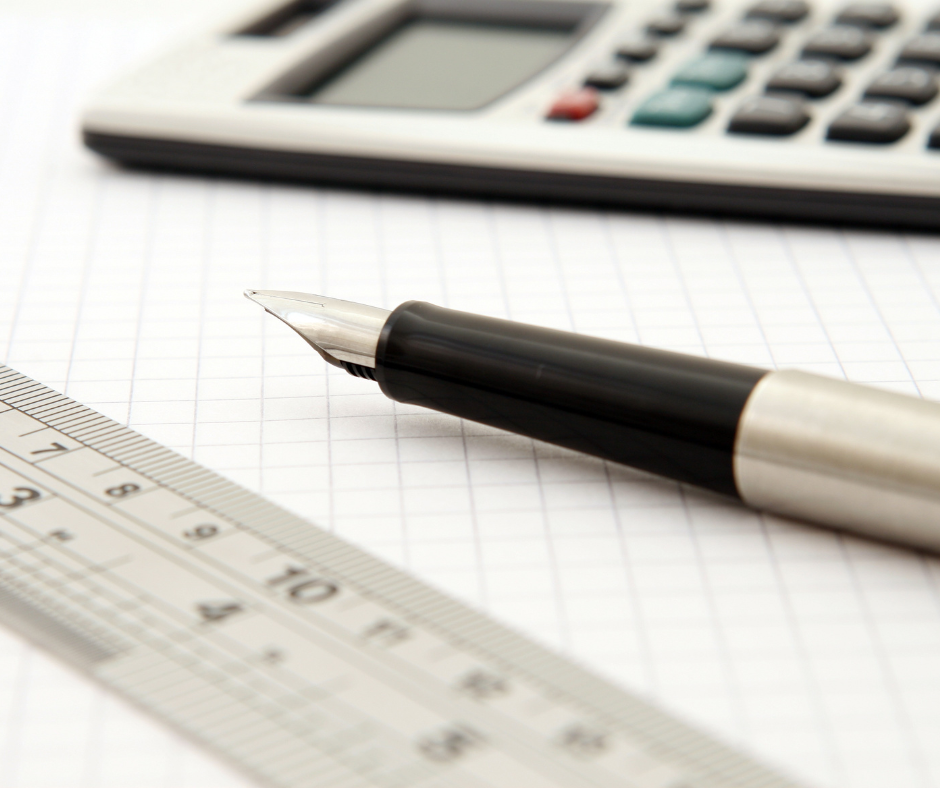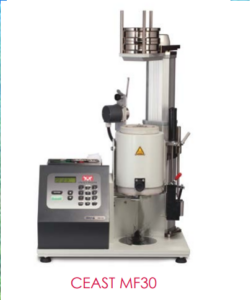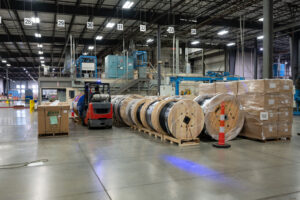Dosimetry plays a critical role in making sure our sterilization processes are both safe and effective. Think of dosimetry as the meticulous planner that measures how much radiation is delivered during the sterilization process. It’s like having a really precise GPS for radiation—it tells you where you are and where you need to go and ensures you don’t take a wrong turn that could lead to under or over-sterilizing products.
What Exactly is Dosimetry?
Dosimetry is all about measuring doses, but not the kind you find in medicine cabinets. In the world of sterilization, dosimetry measures the dose of radiation absorbed by objects during electron beam exposure. This measurement is crucial because it ensures that each item receives just the right zap—enough to sterilize but not so much that it damages the product.
Types of Dosimeters Used in Electron Beam Processes
Dosimeters come in different shapes and sizes:
- Film Dosimeters: These are like old-school film cameras, except instead of capturing your beach vacation, they record radiation levels. They change color based on the radiation dose they receive, providing a visual map of dose distribution.
- Thermoluminescent Dosimeters (TLDs): These clever devices store radiation information and release it as light when heated.
- Electronic Dosimeters: The tech-savvy of the bunch, these use diodes or transistors to measure radiation electronically.
How Dosimeters Work
Dosimeters work by capturing and quantifying the radiation that passes through them during the electron beam sterilization process. Here’s a simplified breakdown:
- Exposure: Dosimeters are placed with the items to be sterilized in the path of the electron beam.
- Recording: As the beam emits radiation, the dosimeter absorbs it and undergoes a physical or chemical change depending on its type. This change is directly related to the amount of radiation absorbed.
- Reading: After exposure, the change in the dosimeter is measured and translated into a dose value. This tells us exactly how much radiation hit the items, confirming that the dose is within the sterilization sweet spot.
Several environmental factors can affect how dosimeters perform:
- Temperature: Extreme temperatures might affect how some materials absorb radiation or how dosimeters react.
- Humidity: Moisture in the air can affect radiation propagation and dosimeter readings.
Precise Control
Imagine trying to hit a bullseye in darts with your eyes closed. Without dosimetry, targeting the exact amount of radiation needed for sterilization can be similarly hit-or-miss. Dosimetry ensures we hit that sterilization bullseye every time. It measures radiation precisely, so each product receives just the right dose—enough to eliminate microbes without harming the product. This precise control is crucial for materials sensitive to radiation, where even a little extra can mean the difference between a perfect product and a manufacturing mishap.
Materials like plastics and biological tissues have different thresholds for radiation tolerance. Dosimetry measures the absorbed doses to make sure that each material gets just the right amount of exposure—enough to sterilize but not so much that it causes harm or changes properties.
Quality Assurance: Consistency is Key
Ever wonder why every pack of cookies from your favorite brand tastes the same, batch after batch? That’s quality assurance in action! In sterilization, dosimetry does something similar but with radiation doses. It ensures that every batch of products—from medical implants to spice packets—receives consistent treatment. This consistency means you can trust that every product is safe and sterilized, maintaining the same high standards regardless of when or where it was processed. Dosimetry helps prevent surprises in product quality, so the only surprise is how smoothly everything runs.
Challenges and Solutions in Dosimetry
Here are some of the common challenges with dosimetry, and the solutions:
Common Challenges in Dosimetry
- Sensitivity and Accuracy: It is a delicate balancing act to ensure they are sensitive enough to detect low levels of radiation without being overwhelmed by higher doses.
- Environmental Influence: Dosimeters can be affected by environmental conditions such as temperature fluctuations and humidity, which can skew readings.
- Material Variability: Different materials absorb radiation differently. This variability can make it hard to calibrate dosimeters accurately across different products and materials.
Technological Advancements and Solutions
To combat these challenges, the world of dosimetry has seen some pretty cool innovations:
- Highly Sensitive Dosimeters: New materials and technologies have led to the development of ultra-sensitive dosimeters that provide precise readings even at very low radiation doses.
- Robust Calibration Techniques: Advanced calibration methods now account for environmental factors and material differences, adjusting dosimeter readings to accurately reflect these variables.
- Integrated Systems: Modern dosimetry solutions integrate with sterilization equipment to automatically adjust beam parameters in real-time, ensuring optimal dosing without manual intervention.
Potential Impact on the Sterilization Industry
The future of sterilization (and dosimetry) is bright, with new innovations on the horizon.
Emerging Trends and Technologies
- AI and Machine Learning: Imagine dosimetry systems that learn from every sterilization cycle, using AI to predict and automatically adjust doses for different materials and configurations.
- Internet of Things (IoT) Integration: Dosimeters might soon communicate in real-time with other equipment and systems across the facility, enabling a more coordinated and efficient sterilization process.
- Advanced Materials: Research into new dosimeter materials could lead to even more sensitive and faster-reacting sensors, capable of providing immediate feedback.
These advancements could lead to smarter, faster, and more reliable sterilization methods. Facilities could see improved throughput and flexibility, adapting quickly to new materials or product types without sacrificing safety or efficacy. Ultimately, the advancements in dosimetry could lead to a new era of sterilization technology, marked by unparalleled precision and control.
Want to learn more about E-BEAM’s dosimetry system and how we’re staying on top of the latest innovations to bring you the best sterilization services possible? Contact us to find out!




